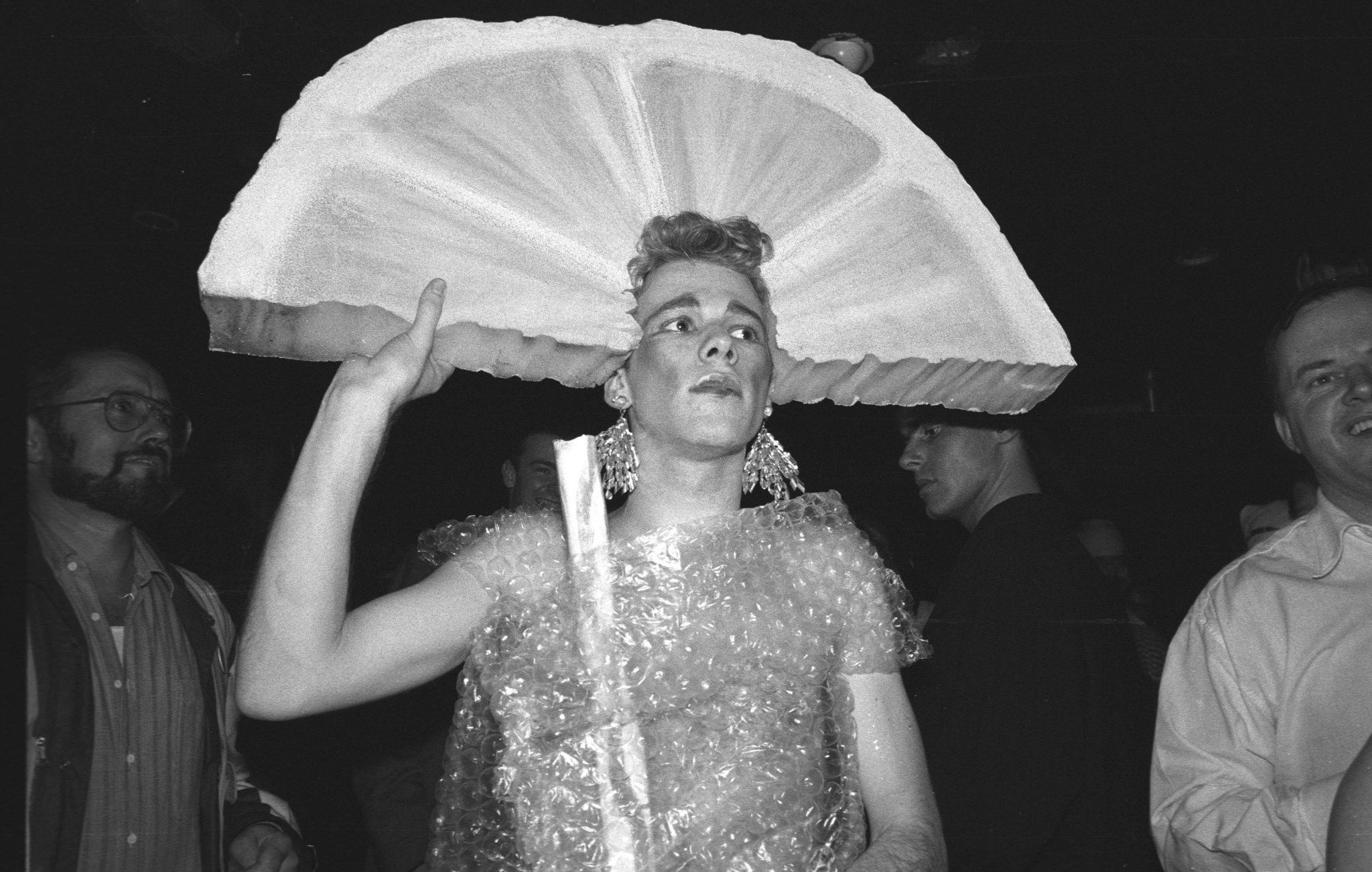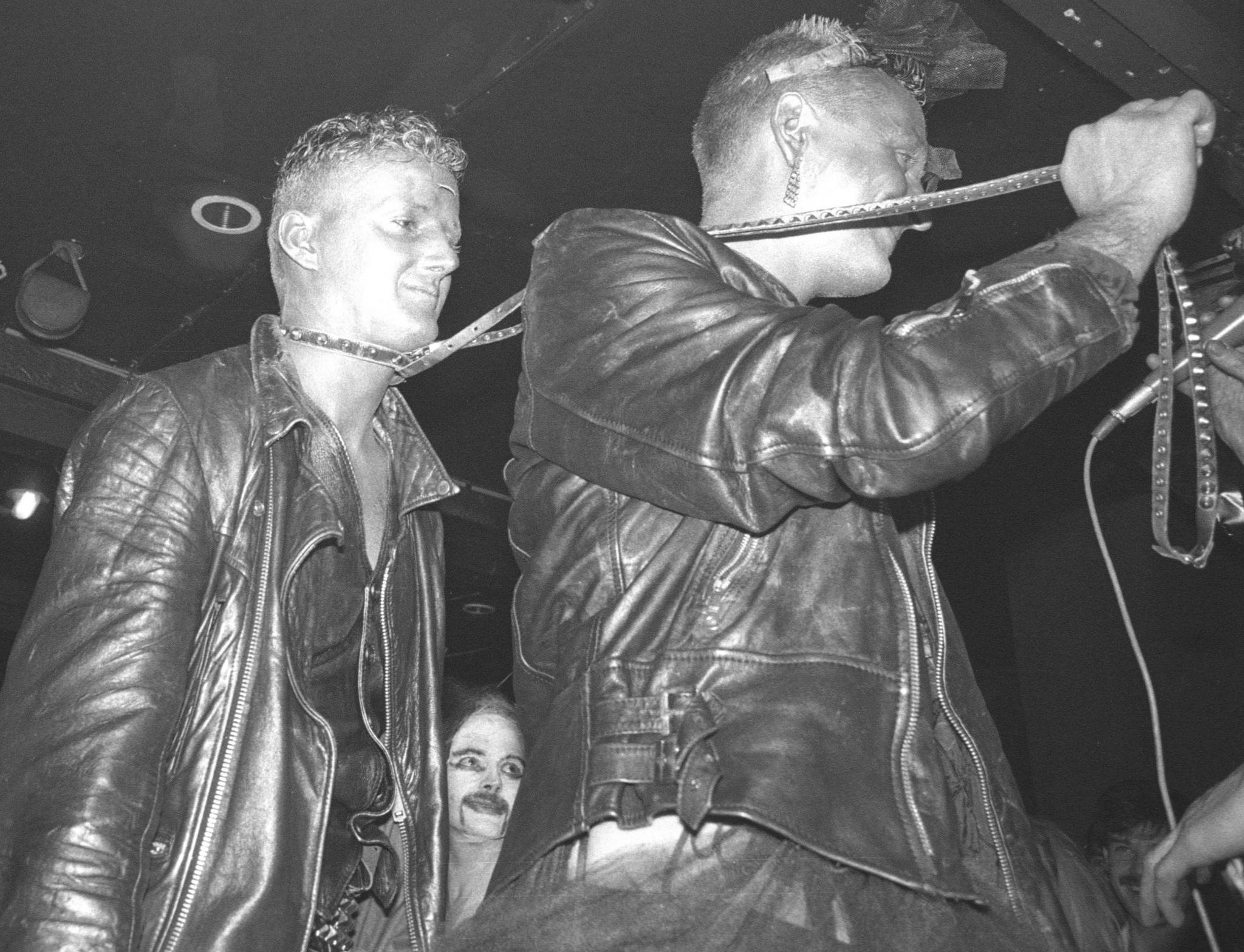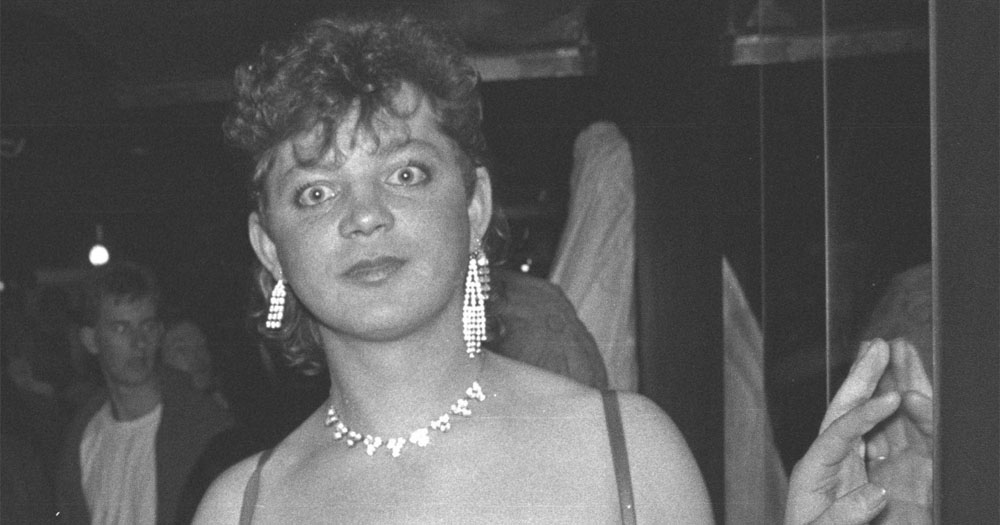Knowing the history of your sexual community is important both on a personal level and a political one. It allows queer people to understand how the freedoms we enjoy today were achieved and gives us needed examples of how we can express our gender and sexuality having grown up in a heteronormative society and culture. When I started making the Quare in the Archive series in January with Dublin Digital Radio I wanted to give an account of Dublin’s queer history that people might not be aware of and draw attention to the different perspectives that existed on the scene that we can identify with and learn from today.
While researching the history of Dublin’s gay scene in the Irish Queer Archive I found the diversity of attitudes towards gender and sex among gay men interesting and surprising as they showed a community vibrant with debates about aspects of gay culture. I discovered a scene that was both united in its determination to overcome homophobia and achieve homosexual law reform, and yet seemingly divided over the ways in which men expressed their sexuality.
For example, some wrote of their annoyance at the behaviour of camp or effeminate men on the scene, arguing that it played into negative societal stereotypes about homosexuality. One man noted in OUT magazine “Why do people try to live up to the stereotype? What has effeminacy got to do with sexual feelings?” Others criticised the butch and macho looks on the scene associated with the style of the Castro clone – characterised by their preference for Levi jeans, check shirts and/or leather.

Although both styles were in truth stereotypes, and unrepresentative of how the majority of men expressed their gender, traditionally masculine styles were valued as more sexually desirable than effeminate styles on the scene. This is a conclusion that other historians who have studied gay communities in America and Europe have also arrived at, as by the 1970’s macho styles replaced the previous effeminate and camp styles that had been dominant on gay scenes in the West until the 1960’s.
While researching for the series I noticed that attitudes towards sex and relationships also differed among gay men. In Ireland’s gay press, writers expressed dissatisfaction with the focus on casual sex in the city’s saunas and cruising sites as opposed to a focus on building emotionally intimate relationships. Others argued that casual sexual encounters were valuable in helping them express and accept their sexuality, an opportunity they were deprived of as teenagers.

Differences of opinion over gender and sex on Dublin’s gay scene caught my interest when making the Quare in the Archive shows because I could see near-replicas of the same tensions on the scene today. And yet during the 1980’s, in spite of these tensions, gay men remained united by a shared sense of oppression and by the campaigns for homosexual law reform and against government inaction during the HIV/AIDS epidemic. As one writer in OUT thoughtfully noted:
“We all have our personal dress codes, our own sexual preferences. The beauty of the gay community is the diversity of its members. We must respect the right of every gay man to express his sexuality in his own way. We constantly complain about the lack of understanding and acceptance on part of the straight world. I believe that it is high time we showed a little of that ourselves. We cannot afford to have any divisions within our movement. One thing brings us together; we are all gay human beings.”
Catch the next episode of Quare in the Archive at 5pm on 28th March here.
© 2021 GCN (Gay Community News). All rights reserved.
Support GCN
GCN is a free, vital resource for Ireland’s LGBTQ+ community since 1988.
GCN is a trading name of National LGBT Federation CLG, a registered charity - Charity Number: 20034580.
GCN relies on the generous support of the community and allies to sustain the crucial work that we do. Producing GCN is costly, and, in an industry which has been hugely impacted by rising costs, we need your support to help sustain and grow this vital resource.
Supporting GCN for as little as €1.99 per month will help us continue our work as Ireland’s free, independent LGBTQ+ media.
